Circa 2022
Caption :
Physicists have found evidence of rare X particles in the quark-gluon plasma produced in the Large Hadron Collider (LHC) at CERN. The findings could redefine the kinds of particles that were abundant in the early universe.
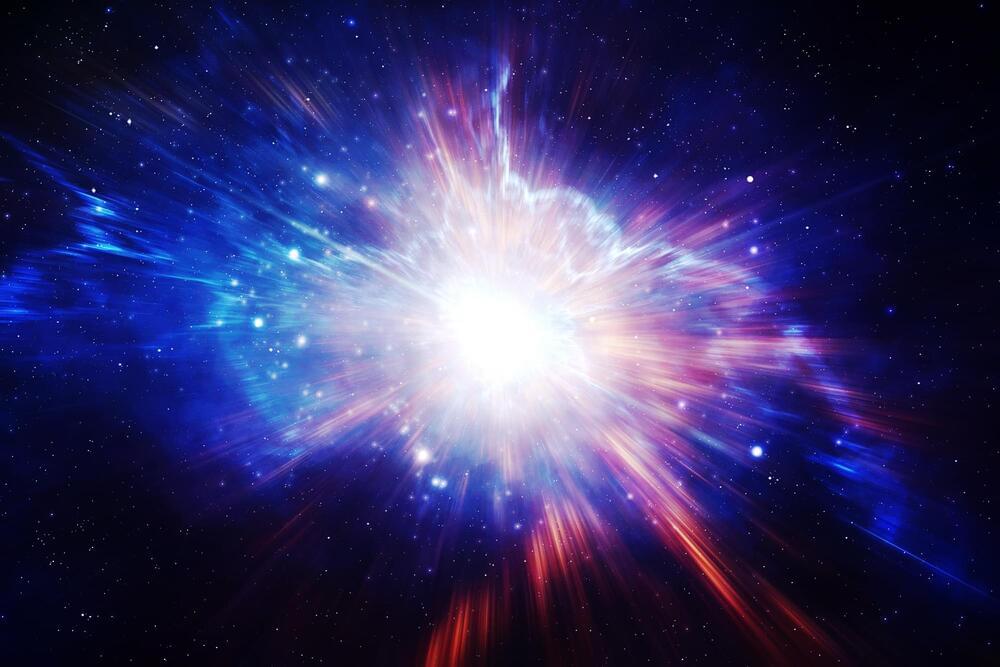
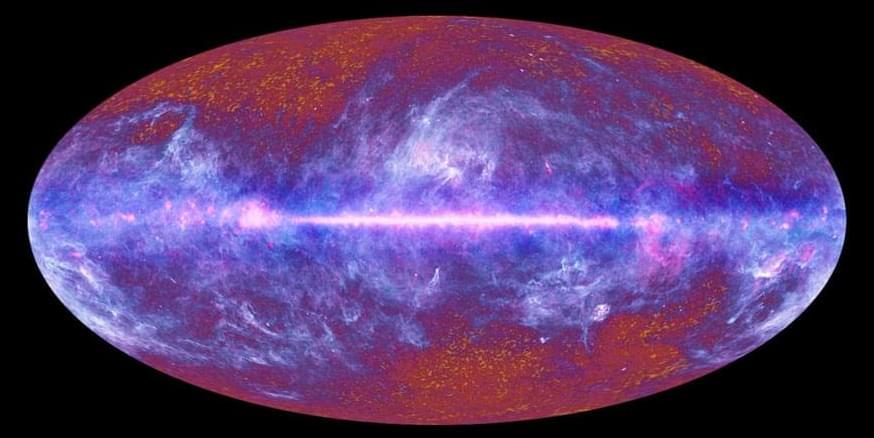
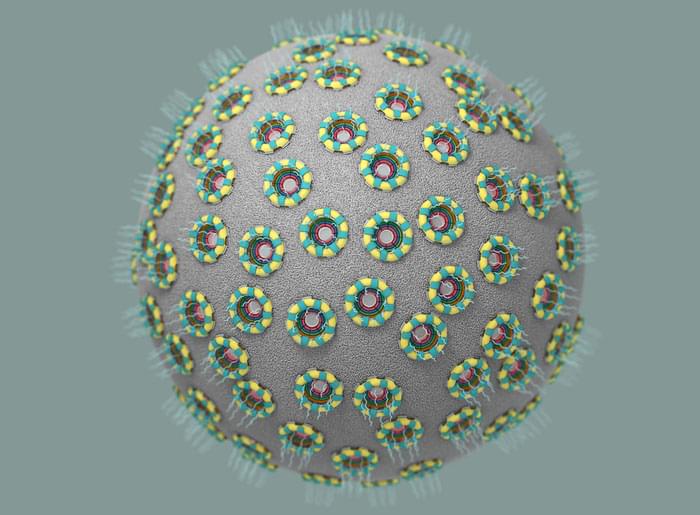
Whatever you are doing, whether it is driving a car, going for a jog, or even at your laziest, eating chips and watching TV on the couch, there is an entire suite of molecular machinery inside each of your cells hard at work. That machinery, far too small to see with the naked eye or even with many microscopes, creates energy for the cell, manufactures its proteins, makes copies of its DNA, and much more.
Among those pieces of machinery, and one of the most complex, is something known as the nuclear pore complex (NPC). The NPC, which is made of more than 1,000 individual proteins, is an incredibly discriminating gatekeeper for the cell’s nucleus, the membrane-bound region inside a cell that holds that cell’s genetic material. Anything going in or out of the nucleus has to pass through the NPC on its way.
Nuclear pores stud the surface of the cell’s nucleus, controlling what flows in and out of it. (Image: Valerie Altounian)
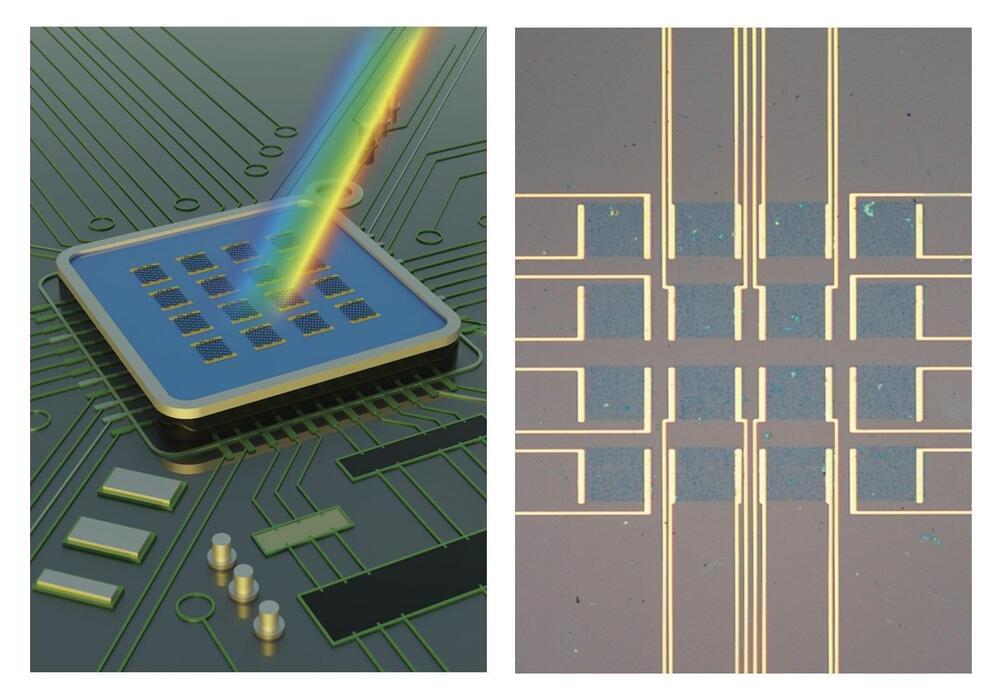
Photodetectors, sensors that can detect light or other forms of electromagnetic radiation, are essential components of imaging tools, communication systems, and various other technologies on the market. These sensors work by converting photons (i.e., light particles) into electrical current.
Researchers at Zhejiang University have recently developed a new photodetector that could detect light within a broader bandwidth. Their device, presented in a paper published in Nature Electronics, could be used to develop new and more advanced imaging technologies.
“Our recent project is based on traditional charge-coupled device (CCD) and complementary metal-oxide-semiconductor (CMOS) imaging technologies,” Prof. Yang Xu, one of the researchers who carried out the study, told TechXplore. “Our novel imaging devices combining CCD’s MOS photogate for high sensitivity and CMOS’s independent pixel structure can significantly benefit monolithic integration, performance, and readout.”
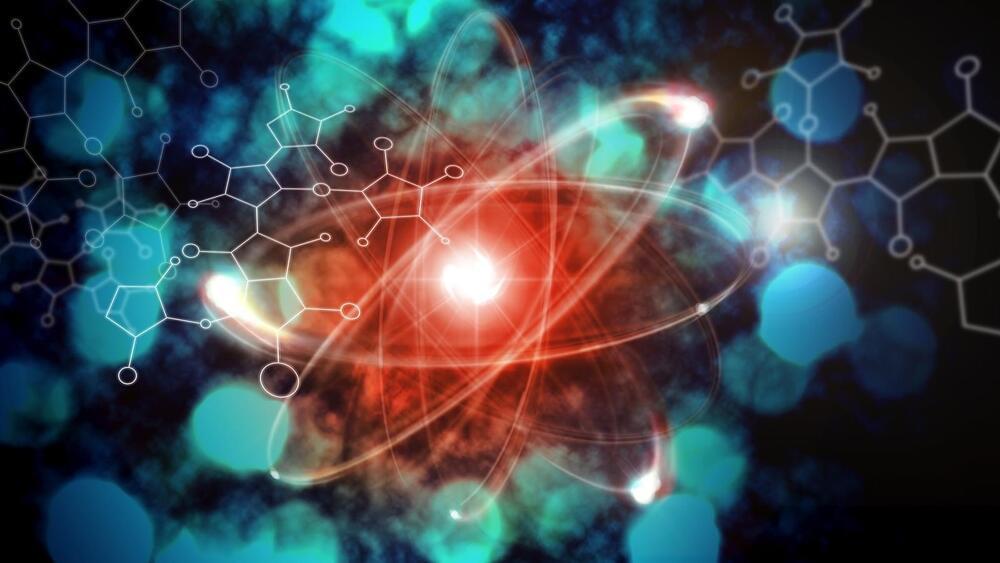
Extremely interested to hear some of your opinions on this. Published in the journal Nature.
Scientists have discovered a new, mysterious particle. Of course, making new discoveries is exciting. But, perhaps the most exciting thing about this particle is that it could be a candidate for dark matter.
Incredibly, the never-before-seen particle was discovered using an experiment small enough to fit on a kitchen counter.
“When my student showed me the data I thought she must be wrong,” Boston College professor and lead researcher Kenneth Burch told Live Science. “It’s not every day you find a new particle sitting on your tabletop.”
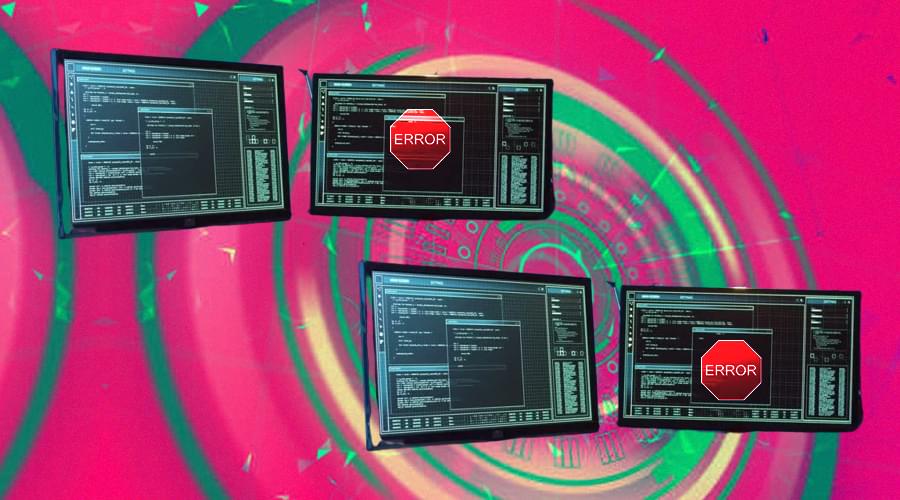
View insights.
A collection of 16 qubits has been organized in such a way that they may be able to operate any computation without error. It is an important step toward constructing quantum computers that outperform standard ones.
When completing any task, a quantum computer consisting of charged atoms can detect its own faults. Because conventional computers constantly detect and rectify their own flaws, quantum computers will need to do the same in order to fully outperform them. Nevertheless, quantum effects can cause errors to propagate rapidly through the qubits, or quantum bits, that comprise these devices.
Lukas Postler and his team from the Austria’s University of Innsbruck have created a quantum computer that can perform any calculation without error.
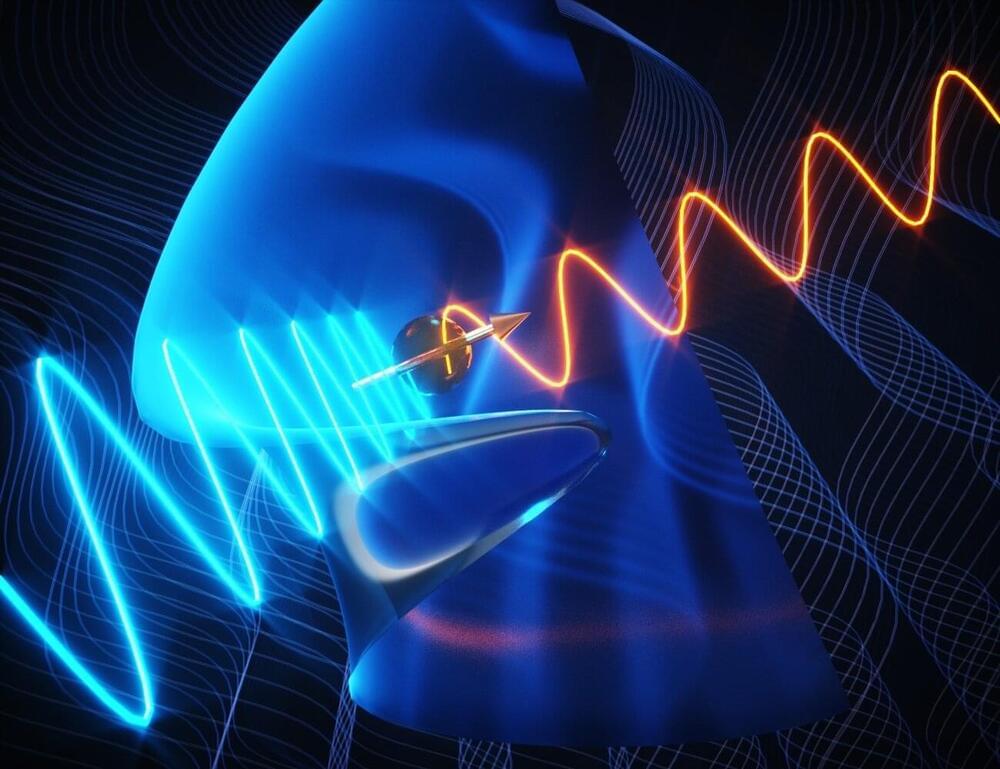
An interdisciplinary team led by Boston College physicists has discovered a new particle—or previously undetectable quantum excitation—known as the axial Higgs mode, a magnetic relative of the mass-defining Higgs Boson particle, the team reports in the online edition of the journal Nature.
The detection a decade ago of the long-sought Higgs Boson became central to the understanding of mass. Unlike its parent, axial Higgs mode has a magnetic moment, and that requires a more complex form of the theory to explain its properties, said Boston College Professor of Physics Kenneth Burch, a lead co-author of the report “Axial Higgs Mode Detected by Quantum Pathway Interference in RTe3.”
Theories that predicted the existence of such a mode have been invoked to explain “dark matter,” the nearly invisible material that makes up much of the universe, but only reveals itself via gravity, Burch said.
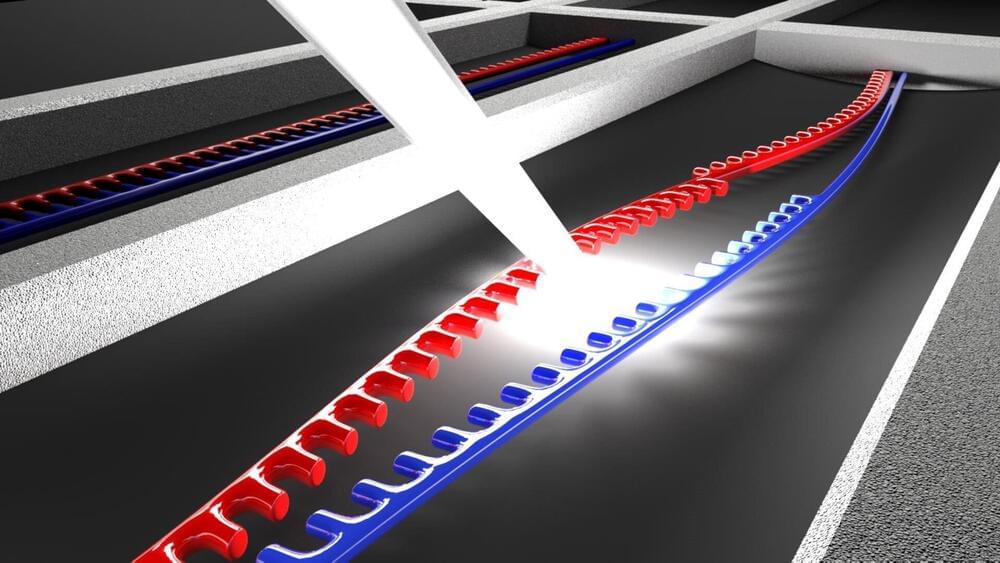
Using a network of vibrating nano-strings controlled with light, researchers from AMOLF have made sound waves move in a specific irreversible direction and attenuated or amplified the waves in a controlled manner for the first time. This gives rise to a lasing effect for sound. To their surprise, they discovered new mechanisms, so-called “geometric phases,” with which they can manipulate and transmit sound in systems where that was thought to be impossible. “This opens the way to new types of (meta)materials with properties that we do not yet know from existing materials,” says group leader Ewold Verhagen who, together with shared first authors Javier del Pino and Jesse Slim, publishes the surprising results on June 2 in Nature.
The response of electrons and other charged particles to magnetic fields leads to many unique phenomena in materials. “For a long time, we have wanted to know whether an effect similar to a magnetic field on electrons could be achieved on sound, which has no charge,” says Verhagen. “The influence of a magnetic field on electrons has a wide impact: for example, an electron in a magnetic field cannot move along the same path in the opposite direction. This principle lies at the basis of various exotic phenomena at the nanometer scale, such as the quantum Hall effect and the functioning of topological insulators (materials that conduct current perfectly at their edges and not in their bulk). For many applications, it would be useful if we could achieve the same for vibrations and sound waves and therefore break the symmetry of their propagation, so it is not time-reversal symmetric anymore.”
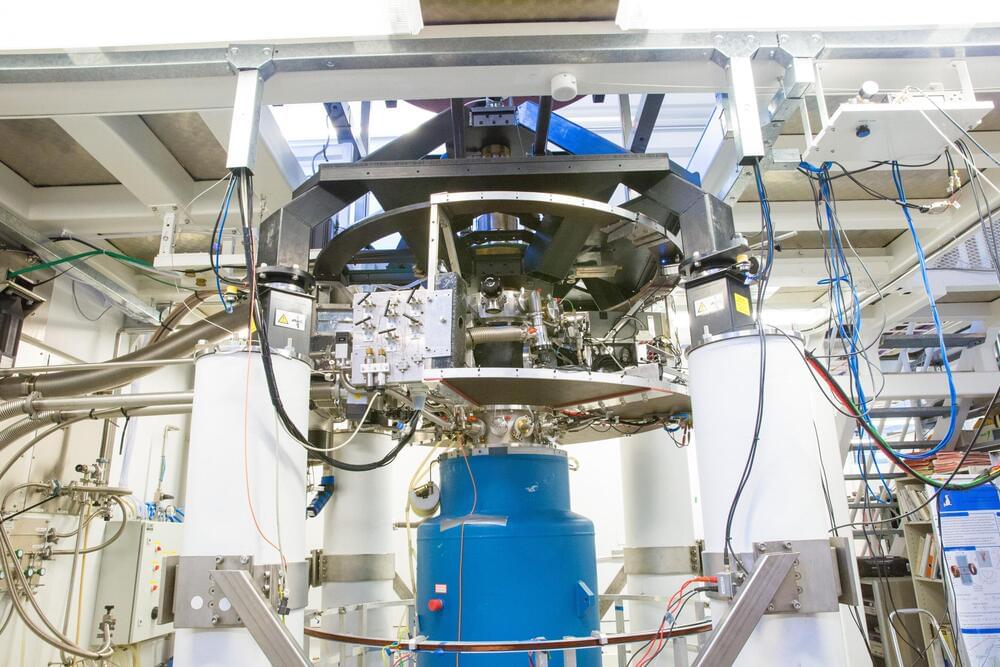
Scientists have created the first “time-crystal” two-body system in an experiment that seems to bend the laws of physics.
It comes after the same team recently witnessed the first interaction of the new phase of matter.
Time crystals were long believed to be impossible because they are made from atoms in never-ending motion. The discovery, published in Nature Communications, shows that not only can time crystals be created, but they have potential to be turned into useful devices.
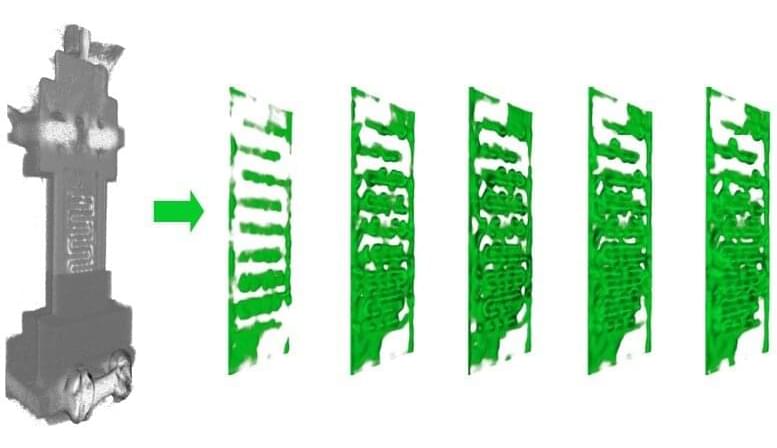
Teams from Helmholtz-Zentrum Berlin (HZB) and University College London (UCL) have visualized the water distribution in a fuel cell in three dimensions and in real time for the first time by evaluating neutron data from the Berlin Experimental Reactor shut down in 2019. The analysis opens new possibilities for more efficient and thus more cost-effective fuel cells.
“In a fuel cell, hydrogen and oxygen are combined to form water. This produces electrical energy,” explains Ralf Ziesche from the imaging group at HZB. “Probably the most important component inside the fuel cell is the membrane.” It is only about 20 micrometers thick (half as wide as a human hair) and connected with various functional layers to form a separation area about 600 micrometers wide inside the fuel cell.
“The membrane composite snatches the electrons from the hydrogen atoms. Only the hydrogen nuclei—the protons—can pass through the membrane.” The electrons, on the other hand, flow off via an electrical connection and are used as an electric current. Air is let in on the other side of the separating wall. The oxygen it contains reacts with the protons that come through the membrane and the electrons that flow back from the other side of the electric circuit. Pure water is produced.